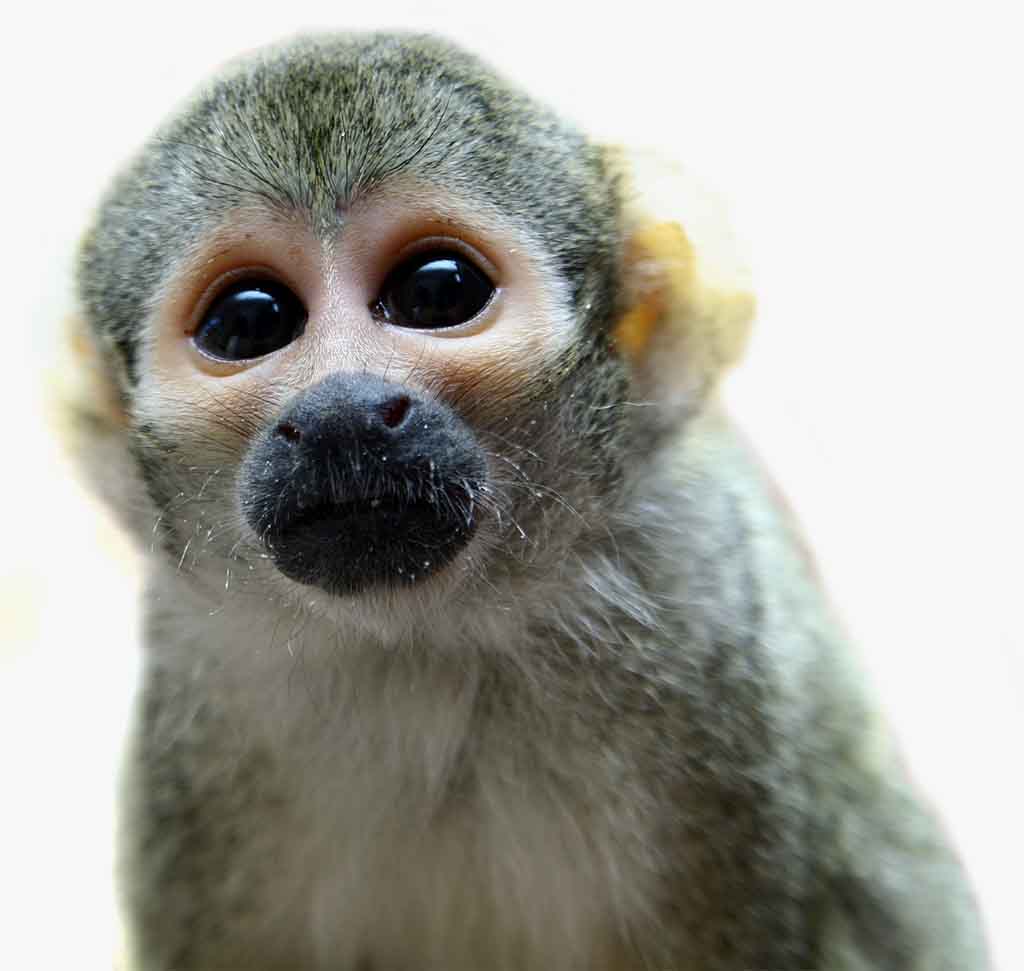The capybara or greater capybara (Hydrochoerus hydrochaeris) is a giant cavy rodent native to South America. It is the largest living rodent and a member of the genus Hydrochoerus. The only other extant member is the lesser capybara (Hydrochoerus isthmius). Its close relatives include guinea pigs and rock cavies, and it is more distantly related to the agouti, the chinchilla, and the coypu. The capybara inhabits savannas and dense forests and lives near bodies of water. It is a highly social species and can be found in groups as large as 100 individuals, but usually lives in groups of 10–20 individuals. The capybara is not a threatened species and it is hunted for its meat and hide and also for grease from its thick fatty skin.
The capybara has a heavy, barrel-shaped body and short head, with reddish-brown fur on the upper part of its body that turns yellowish-brown underneath. Its sweat glands can be found in the surface of the hairy portions of its skin, an unusual trait among rodents. The animal lacks down hair, and its guard hair differs little from over hair.
The Capybara is native to South America and found in dense forests and savannahs near bodies of water.
The Capybara is a herbivore and eat grass, fruit, plants and aquatic plants.
Up to 12 years.
Least Concern.
Capybaras are the largest rodent in the world. Highly social animals by nature, they live in groups of approximately 10-20 individuals. These semi-aquatic animals have a heavy, barrel shaped body, short head and blunt snout.
